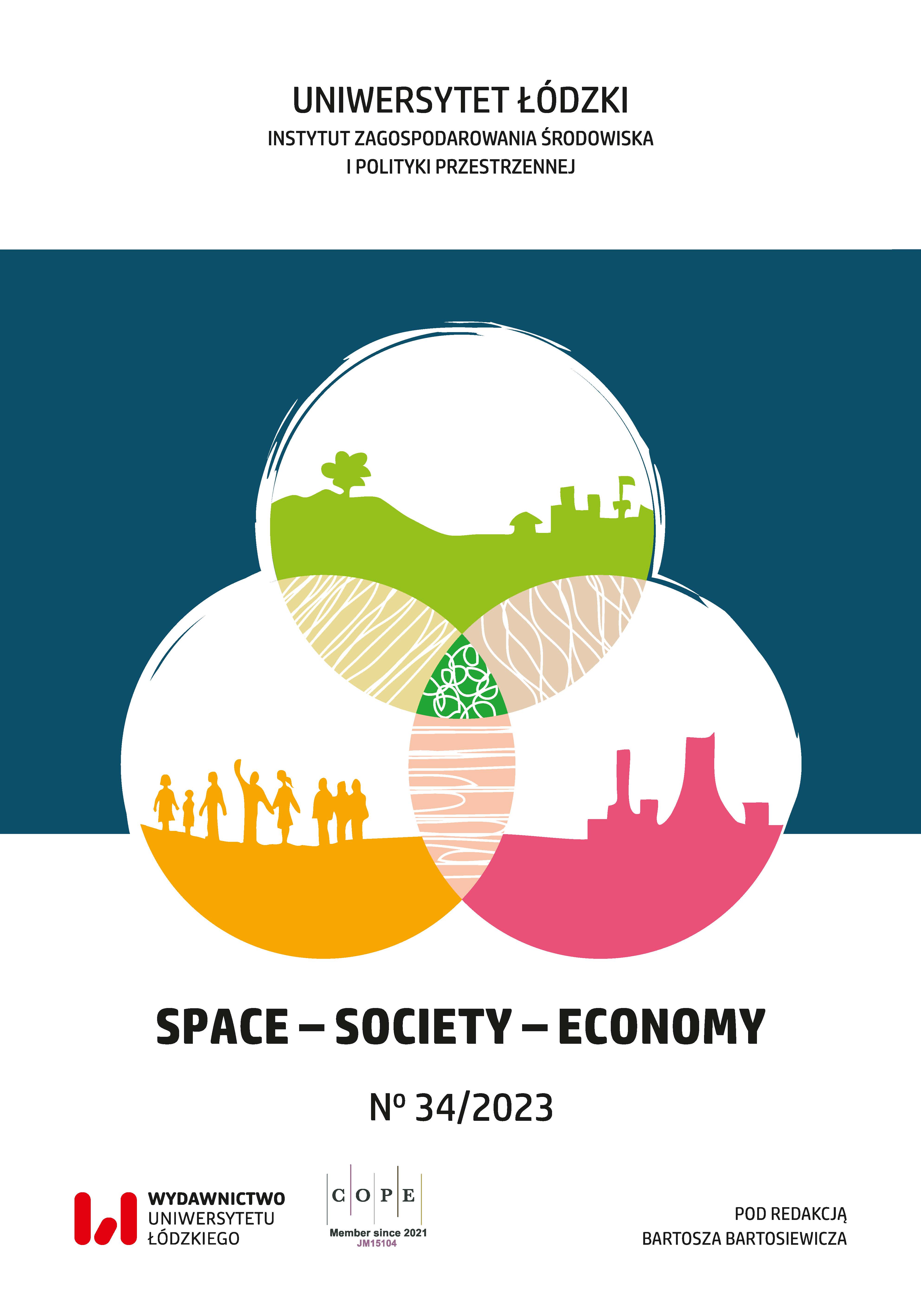Regionalne budownictwo mieszkaniowe w Europie: zmienność i typologia przestrzenna
Regional housing in Europe: the changeability and spatial typology
Author(s): Jerzy DzieciuchowiczSubject(s): Regional Geography, Rural and urban sociology, Social Informatics, Environmental interactions
Published by: Wydawnictwo Uniwersytetu Łódzkiego
Keywords: regional housing; regional architecture; vernacular housing; traditional country buildings; Europe
Summary/Abstract: The regional housing in Europe is the subject of this study. The analysis of the changeability and the spatial typology of this construction constitutes the essential purpose of the work. It is possible to identify the regional house with the vernacular construction. According to the notion adopted in architecture, vernacular houses are rooted in history – constituting objects raised mainly at applying traditional materials and styles – by local builders. They are usually rather small buildings based on local building raw materials. They were built in all periods of the history of architecture.In Europe, individual types of regional housing are marked by a peculiar spatial changeability. In particular, this concerns wooden houses, brick houses, as well as stone houses. Traditional wooden houses are represented by framework houses and pale-skeleton houses framework, built from horizontally-arranged coniferous beams which dominate above all in north-eastern Europe and many mountain regions (the Alps, the Pyrenees, the Carpathians, or Ural). Pale-skeleton houses with the wooden skeleton and walls filled up with clay or with brick (half-timbered wall) are spread mainly in Western Europe and in Scandinavia. Brick houses single out Western and Central Europe, while stone houses can be found in Western and Southern Europe.Well-substantiated typology of the traditional country housing, based on the evolution of laying out of houses, was introduced at the work edited by Tokariew. In this work, eight types of houses were distinguished: 1. Central-East European, 2. Southern-European, 3. Western-European, 4. Anglo-Saxon, 5. Alpine, 6. Basque and Jurassic, 7. North-Scandinavian, 8. South-Scandinavian.The changeability of the vernacular housing accompanied by the diversity at the regional (local) scale. An excellent example of the diversity of the interregional housing is the Italian island Sardinia. Based on morphological, structural features, and the thermal regime of houses, four types were distinguished: 1. houses with the courtyard, 2. houses extended in the vertical arrangement, 3. casic houses (rudimentary), 4. secluded houses.
Journal: Space – Society – Economy
- Issue Year: 2023
- Issue No: 34
- Page Range: 103-123
- Page Count: 21
- Language: Polish

